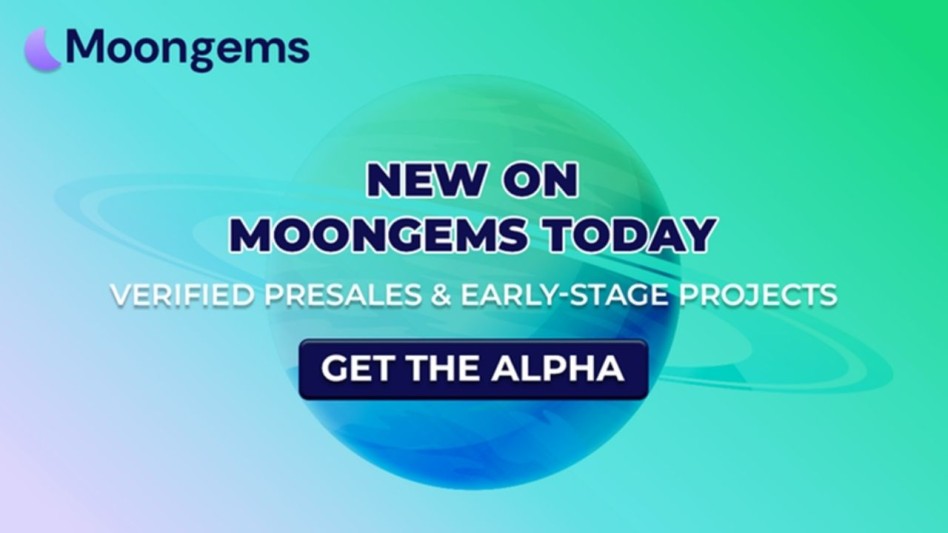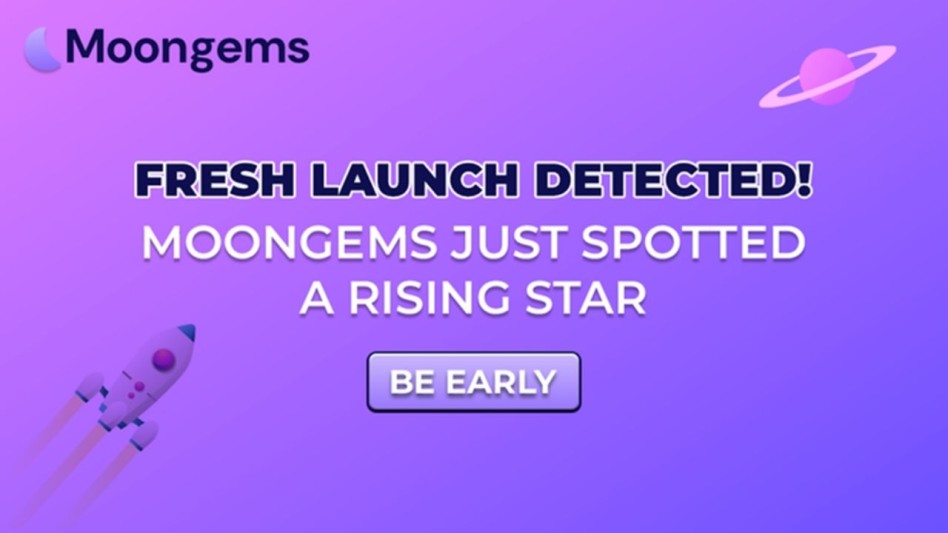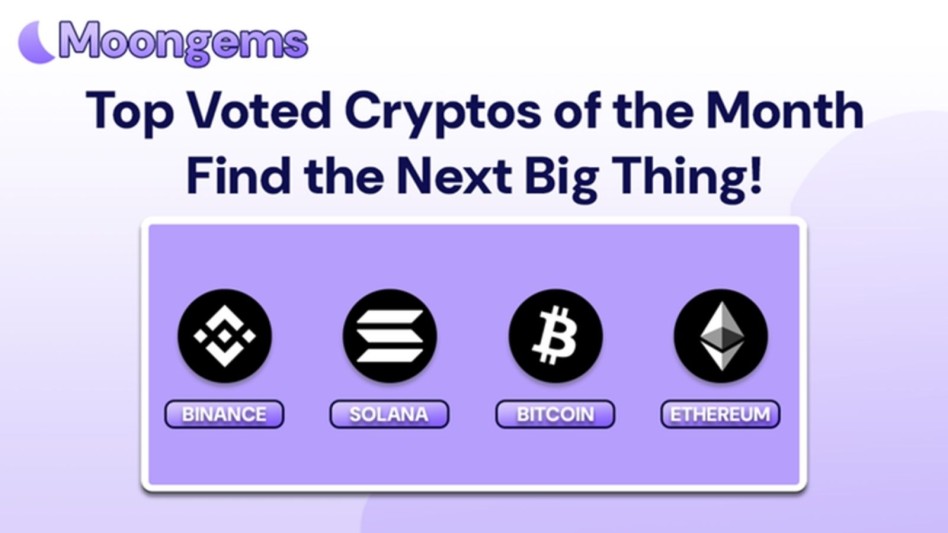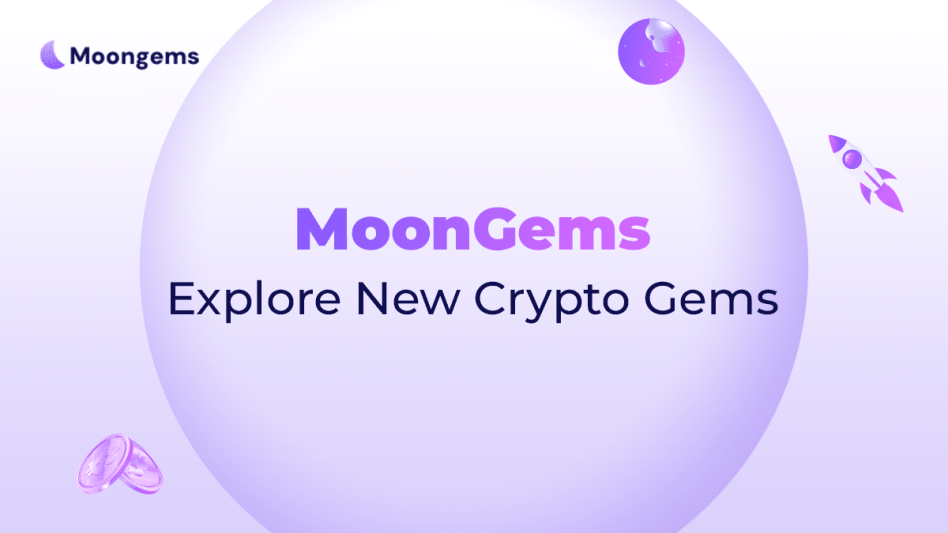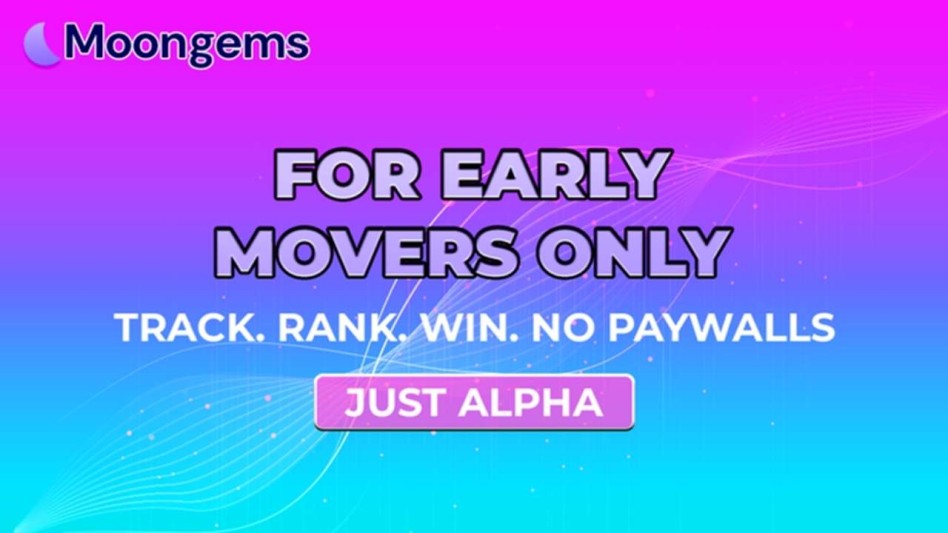Author: Jawad Hussain – Crypto Analyst & Web3 Researcher | 9+ years tracking presales, IDOs, and token launches. Follow him on Twitter
Do you consider yourself a smart investor? If you do, you must be aware of how crypto launchpads work and why getting in early can mean 10x, 50x — even 100x returns. But with opportunity comes risk. For every breakout project, there are dozens that fizzle or flat-out rug. That’s why knowing how to spot legit projects on crypto launchpads is one of the most important skills you can develop as an early-stage investor.
This article breaks down 10 detailed, SEO-optimized tips to help you avoid scams, evaluate token potential, and confidently enter presales — whether you’re joining via MoonGems, Polkastarter, Seedify, or any other launchpad.
1. Check for a Public, Transparent Team
One of the strongest indicators of a legit project is a fully doxxed team with a track record in Web3, tech, or finance. Transparent leadership signals accountability and long-term vision.
What to look for:
- Team member bios on the project website
- LinkedIn or Twitter profiles
- AMAs or video interviews with founders
- Past successful projects or affiliations
Why it matters: Anonymous teams are common in crypto — but that doesn’t mean you should accept it blindly. When you can’t verify who’s behind a project, it becomes harder to trust its intentions or roadmap.
2. Confirm a Smart Contract Audit Is Completed
A smart contract audit is a third-party review of the project’s blockchain code to detect vulnerabilities, backdoors, or exploits. It’s one of the most important trust signals in presale investing.
What to look for:
- Audit reports from firms like CertiK, Hacken, Solidity Finance, or SlowMist
- A summary of audit results linked in the project’s documentation
- Re-audit if the contract has been updated recently
Why it matters: Projects that skip or delay audits are playing with investor funds. Legit projects treat security as non-negotiable — and they prove it.
3. Analyze the Tokenomics Carefully
If the tokenomics don’t make sense, neither will the project’s long-term value. This means looking beyond price and hype to understand how the token behaves inside the ecosystem.
What to look for:
- Total supply and distribution (team, presale, staking, community)
- Vesting schedules for team and private investors
- Token use cases: staking, governance, liquidity, access, etc.
Why it matters: Many presale tokens pump hard after launch — then crash due to poor vesting mechanics or insider dumping. Sustainable projects lock team tokens and release presale tokens gradually.
4. Study the Project Roadmap
A real project has a real roadmap — one that makes sense based on industry benchmarks, not just buzzwords.
What to look for:
- Clear quarterly or monthly milestones
- Delivery of MVP or beta testing
- Ecosystem partnerships or exchange listings
- A GitHub with dev activity (for technical projects)
Why it matters: Roadmaps full of vague terms like “build community” or “launch something great” are usually stalling tactics. Ambition is good — but real work speaks louder.
5. Examine the Community Engagement
A token’s early community is often a preview of its long-term user base. Look for a vibrant, authentic community across platforms like Telegram, Discord, and X (Twitter).
What to look for:
- Active mods and founder engagement
- Thoughtful conversations (not just shilling)
- User-generated content or memes
- Transparency around whitelist tasks
Why it matters: Engagement = momentum. If a community is active before the launch, it’s more likely to drive real demand after listing.
6. Review the Whitelist Process and Transparency
A legitimate launchpad project will have a clear, fair, and transparent crypto presale whitelist process. This usually includes social engagement tasks, token staking, or tiered systems.
What to look for:
- Public task list (Gleam, Zealy, Galxe)
- Deadline for entry and confirmation window
- Clear explanation of how allocation is calculated
- Confirmation page or email post-submission
Why it matters: Shady projects often use vague or fake whitelists to farm engagement without delivering tokens. Use platforms like MoonGems to monitor whitelist access 2025 rules and spot inconsistencies.
7. Validate Partnerships and Exchange Listings
Too many projects falsely claim to be “partnered” with major names. Always verify.
What to look for:
- Links to official announcements on partner websites
- Tweets or AMAs from exchanges like OKX, KuCoin, or Bitget
- Blockchain explorer links showing smart contract interactions
Why it matters: Real partnerships are verifiable. If you can’t find any confirmation outside the project’s Telegram or X page, it might be bluffing for clout.
8. Check for Liquidity Plans and Lockups
You want to know where liquidity is coming from, who controls it, and whether it’s locked after launch.
What to look for:
- Percentage of token supply allocated to liquidity
- Proof of liquidity lock on platforms like Team.finance or PinkLock
- Timeline of unlocks (if applicable)
Why it matters: Without sufficient liquidity or lockup, early insiders can pull liquidity, dump tokens, and leave you holding worthless assets.
9. Read the Whitepaper (Yes, Really)
Too many investors skip this step — but the whitepaper is where you’ll find the project’s core narrative, utility, and vision.
What to look for:
- Clear explanation of the problem being solved
- How the token fits into that solution
- Use cases, roadmap, tokenomics, and team transparency
Why it matters: A real project wants you to understand what you’re buying. A scam project hopes you won’t read a thing.
10. Use Launchpad Indexes and Community Scores
Platforms like MoonGems offer research-backed indexes of upcoming presales — complete with legitimacy scores, token utility analysis, and community voting.
What to look for:
- Trust scores based on real user reviews
- Red flag warnings for past rug-pull traits
- Guides on how to complete whitelist submission tips
Why it matters: You don’t have to DYOR alone. Use trusted resources to verify what you see — or catch what you’ve missed.
The Final Remarks
Spotting legit projects on crypto launchpads is more than just checking a few boxes — it’s about building a framework for safer investing.
First, always start with a transparent team and a verifiable audit. Then dig into the project’s tokenomics, community, and roadmap to ensure it’s grounded in reality — not just hype. And finally, use trusted platforms like MoonGems to validate your research and protect your capital.
In 2025, early access isn’t the edge anymore — smart access is.
So if you're joining whitelist access 2025 projects, make sure you're not just early… you're right.
Glossary of Key Terms
|
Term |
Definition |
|
Whitelist |
A pre-approved list of wallets eligible to join a presale |
|
Smart Contract Audit |
A third-party code review to detect bugs and exploits |
|
Tokenomics |
The economic model and distribution plan of a token |
|
TGE (Token Generation Event) |
The date when tokens are minted and distributed |
|
Liquidity Lock |
When a project locks liquidity in a smart contract to prevent rug pulls |
|
Vesting |
Gradual release of tokens over time to avoid dumping |
FAQs: Spotting Legit Launchpad Projects
- How do I know if a whitelist is legit?
Check for official project links, time-stamped announcements, and a transparent task list. Fake whitelists often lack clarity and verification.
- Is KYC necessary for legit projects?
Not always, but many reputable launchpads now require KYC to prevent fraud. If a team is anonymous and there's no KYC, proceed with caution.
- Can audited projects still be scams?
Technically yes, but it's far less likely. Audits don’t guarantee success, but they dramatically reduce risks.
- Should I avoid meme coins entirely?
No — but apply the same diligence. Some memes (like Dogecoin) succeed long term. Many others vanish.
- What’s the role of MoonGems?
MoonGems helps surface, score, and track legit crypto presales — combining research, community sentiment, and expert analysis.
Disclaimer:
This content is for informational purposes only and does not constitute financial advice. Always do your own research (DYOR) before investing in cryptocurrencies. Crypto assets are high-risk and volatile. Past performance is not indicative of future results.




